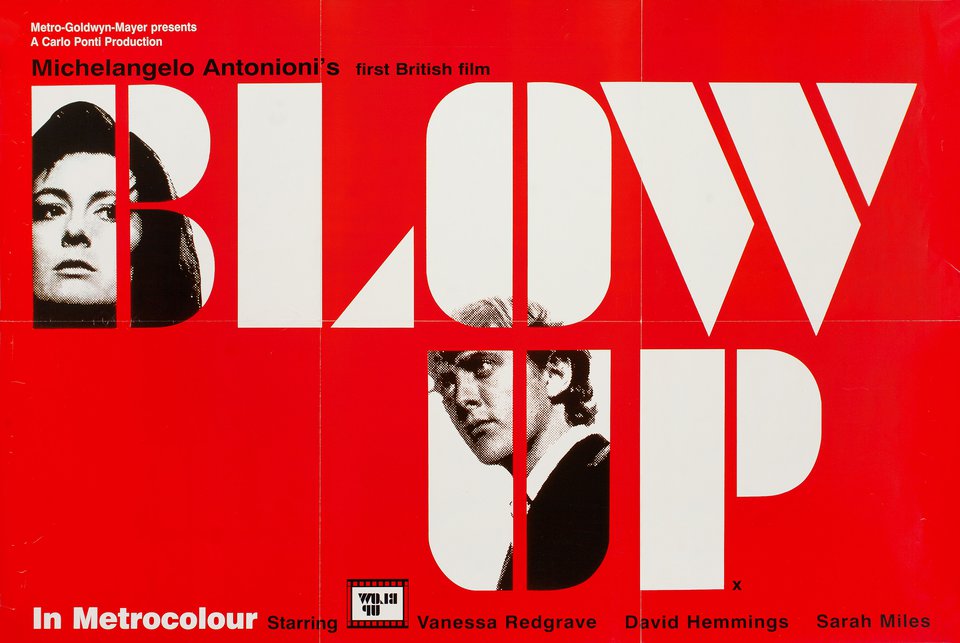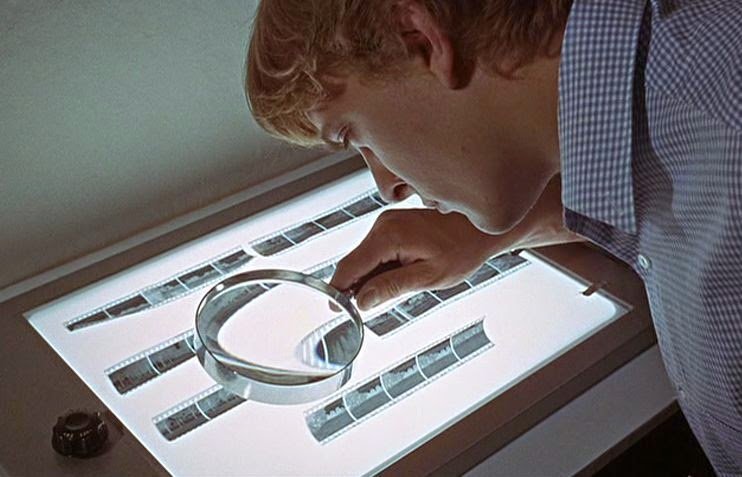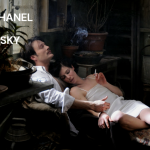Blow-Up (1966)

Blow-Up (1966) is an Italian-English language film directed by Michelangelo Antonioni, marking his first foray into directing a film in English. Known for its exploration of perception, reality, and the boundaries between them, the film became one of Antonioni’s most iconic works. Inspired by the short story “Blow-Up” by Argentine writer Julio Cortázar, the film follows a fashion photographer, Thomas, as he uncovers a mystery through a series of photographs he has taken. Blow-Up combines elements of psychological thriller and mystery, all while posing profound questions about how we interpret the world around us.
The plot of Blow-Up centers around Thomas, a successful and somewhat detached fashion photographer, played by David Hemmings. While out on a photo shoot in a park, Thomas inadvertently captures a moment that he later realizes might contain evidence of a crime. As he enlarges the images, the photographs reveal a potential murder or some other disturbing truth. The narrative unfolds as Thomas becomes increasingly obsessed with deciphering the meaning of his photographs, blurring the lines between the objective reality of what he sees and the subjective interpretation of the image.
The film is renowned for its exploration of the theme of perception. Antonioni masterfully uses the act of photographing as a metaphor for how humans interpret reality. Through Thomas’s enlargements of the photos, the audience is invited to question the reliability of what is seen versus what is understood. This ambiguity challenges the viewer to reflect on how much of reality is shaped by individual perspectives and how often we rely on assumptions and interpretations rather than direct truths. The gradual unraveling of the mystery in Blow-Up is less about finding definitive answers and more about the process of questioning and seeking.

One of the film’s defining features is its striking visual style, which emphasizes the importance of both detail and emptiness. Antonioni’s use of long takes, meticulous framing, and the stark contrast of light and shadow creates an atmosphere of isolation and uncertainty. The film’s aesthetic choices, combined with the minimalist soundtrack by Herbie Hancock, enhance the mood of detachment that pervades the narrative. The camera lingers on moments of quiet tension, allowing the audience to reflect on the significance of each scene without being spoon-fed information.

In conclusion, Blow-Up is a thought-provoking film that challenges the boundaries between reality and perception. With its enigmatic narrative, stylish direction, and philosophical underpinnings, the film continues to be a cornerstone of 1960s cinema. Antonioni’s exploration of the power of images and the fragility of truth resonates as much today as it did when it was first released. Blow-Up remains a cinematic masterpiece that encourages viewers to consider how they interpret the world around them and the ways in which their perceptions shape their understanding of reality.











